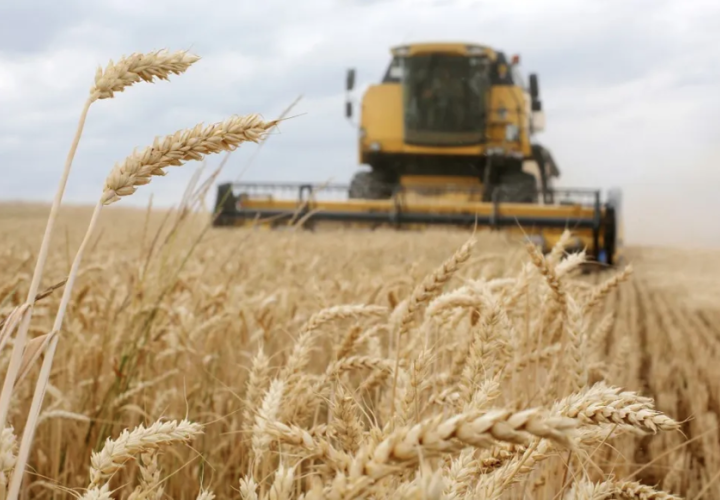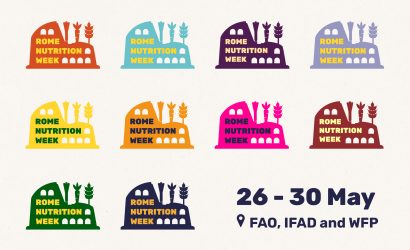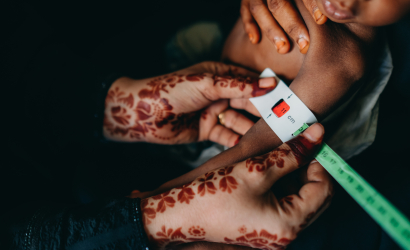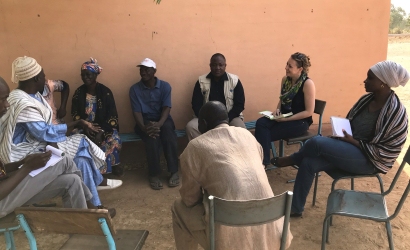The war in Ukraine has driven millions of Ukrainians, particularly women and children, from their homes, with many fleeing to neighbouring European countries for refugee. As the war continues to rage, buildings crumble alongside dreams, agricultural fields become dotted with landmines and basic infrastructure such as for water and sanitation come under fire, making food security and nutrition a growing concern for those who have remained. The situation quickly caught the attention of the international nutrition community, not just because of the emergency support needed to safeguard the nutritional status of Ukrainians, but also because of the reverberating effects it would have (and is having) on countries that import wheat, maize and other food crops from the Russian Federation and Ukraine.
A glimpse at how UN Nutrition members are responding to the Ukraine crisis
Various UN Nutrition members are on the case, responding to the needs of those in Ukraine and Ukrainian refugees. While some UN agencies, such as the World Health Organization (WHO), were present in the country prior to the war, others mobilized quickly. Leveraging modern technologies has facilitated those efforts in some cases. For example, the World Food Programme (WFP) established a remote monitoring system based on digital assessments and phone calls to assess and track the food security situation in the country. This enables WFP to target the life-saving food assistance it is providing to the conflict-affected population. Children 6-23 months old receive an integrated nutrition package of locally and regionally purchased nutritious foods for complementary feeding, which is supplemented with messages on optimal infant feeding practices in emergency (IFE) settings to prevent malnutrition and save lives.
UNICEF complements these efforts with a breastfeeding information campaign, which has reached over 1.5 million social media users. In addition, a video-course for pregnant women and mothers is being disseminated and a hotline was launched, both in support of recommended breastfeeding practices. UNICEF has also procured iron and folic acid supplements for pregnant women, which have been distributed to health facilities. These efforts are helping to plug gaps in ante and postnatal care in light of recent shocks to the national health system, including shortages in medical supplies. Furthermore, an inter-sectoral programme was launched, covering psychosocial support and nutrition for school-aged children. These are just a few examples of the nutrition support that UNICEF is providing to mothers and children in Ukraine.
The Office of the United Nations High Commissioner for Refugees (UNHCR) is another major player in the emergency response, distributing hygiene kits, sleeping bags, clothing and other relief, in hard to reach areas of the Ukraine. Together with WFP, it is also providing cash assistance to Ukrainian refugees in nearby countries like the Republic of Moldova and Poland. This support enables the refugees to purchase necessities like food while stimulating local economies. Furthermore, UNHCR, UNICEF, WFP and WHO are active members of various coordination forums regarding the nutrition response. For example, UNICEF and WFP are partaking in the Nutrition Cluster within Ukraine, while WHO and the Ministry of Health co-chair the health and nutrition inter-agency technical working group in the country. The four agencies participate in sectoral working groups (e.g. the Inter-agency Refugee Health and Nutrition Technical Working Group), which support the government response for refugees in surrounding countries, as well as nutrition-related refugee inter-sectoral coordination working groups. Their engagement in these fora helps to support collaboration with other humanitarian partners to ensure complementarity in view of the multidimensional causes of malnutrition. While the above highlights nutrition-related work that some UN agencies are undertaking in Ukraine, other UN Nutrition members (e.g. the Food and Agriculture Organization of the United Nations [FAO], the United Nations Office for the Coordination of Humanitarian Affairs [UNOCHA]) are also actively responding to the emergency.
The ripple effects on food insecurity and malnutrition around the globe
In addition to causing destruction, devastation and suffering for the Ukrainian people, the war is exacerbating the ongoing crises (climate change, energy, the COVID-19 pandemic and conflicts) as well as tightening financial conditions, and this is pushing healthy diets out of grasp for even more people from Yemen to Cambodia. This is because the war in Ukraine implicates two of the world’s biggest producers in agriculture, including of staple cereals and fertilizers, thereby affecting the supply of such commodities. There are a host of countries experiencing food shortages, particularly food deficit countries, which rely heavily on imports from the Russian Federation and Ukraine, such as the Arab Republic of Egypt, the Republic of the Sudan, the Syrian Arab Republic and the Republic of Yemen. Some of these countries are contending with conflicts of their own, including the associated pressures that places on food security and nutrition, alongside other challenges. With a sizeable proportion (20 to 30 percent) of agricultural land in Ukraine not likely to be harvested this year, the situation could deteriorate as food availability would be further compromised [1].
The Ukraine war is also contributing to high food prices, which are soaring even beyond the increases that stem from COVID-related disruptions in supply chains, elevated transport costs and other factors over the last two years. Crises of this sort hit the poor hardest, given that they tend to spend a greater proportion of their household income on food, diminishing the amount leftover to cover other basic needs, such as soap, healthcare and housing. “With ongoing conflicts, political instability, the COVID-19 pandemic and the Ukraine crisis, the region is witnessing unprecedented hikes in food prices coupled with low purchasing power. The number of malnourished children is likely to drastically increase,” said Adele Khodr, UNICEF Regional Director for the Middle East and North Africa. Asia is also feeling the effects of the Ukraine war. Sridhar Dharmapuri, FAO’s Senior Food Safety and Nutrition Officer in the region explains, “Both the impacts of the pandemic and the current rise in food prices, these are very big wake-up calls for the region. They clearly show a need to diversify agriculture so that you have more varieties of food available. Not only does this make economic sense, but at the same time, we also have a diverse diet which is what is required for nutrition.”
These dynamics are also impeding and driving up the cost of humanitarian assistance. This means that aid agencies are able to reach less people with existing resources at a time of unprecedented needs − a recipe for disaster. FAO projects that up to 181 million people in as many as 41 countries could face food crisis or increased food insecurity this year [1]. It has also ran simulations that quantify the impact of the war in Ukraine on global hunger, warning that approximately 7.6 to 13.1 million more people could be undernourished globally in 2022. To put that in perspective, this severe scenario equates to 28% of the increase observed between 2020 and 2021 (46.2 million people). The Sudan is a prime example where the effects of these intersecting crises compounded by the war in Ukraine are manifesting in increased food insecurity. According to an IPC analysis, nearly one-quarter of the population (24%) is expected to face ‘crisis’ levels of acute food insecurity (IPC Phase 3 or above) during the June-September 2022 period up from 20% reported for April−May 2022 and 13% reported between October 2021 and February 2022 [2].
Levels of acute malnutrition (wasting) would also likely increase among vulnerable populations (e.g. children, adolescent girls, pregnant women), including in other conflict-affected areas with spillover effects on morbidity and mortality rates. In Sudan, child malnutrition is anticipated to rise in light of the deteriorating food security situation and poor hygiene aggravated by water scarcity, among other drivers [2]. Even before the war broke out in Ukraine, experts estimated that child wasting would increase to 60 million children globally by 2022, equivalent to 13.6 million more under5s compared to pre-pandemic data from 2019. They also anticipate that, “by 2022, more than 1.5 billion people would not be able to afford even half of the cost of a healthy diet. [3]” While reducing inequities is a core aspect of the 2030 Agenda for sustainable development, these intersecting crises are accentuating them and simultaneously eroding the resource base of many social programmes.
Mitigation measures at country level
Countries are acting to mitigate the effects of the global food crisis. Some countries are utilizing macroeconomic levers, such as food subsidies (the Federal Democratic Republic of Ethiopia, the Republic of Kenya) and tax exonerations of food imports (Ethiopia). For the nutrition community, the challenge will be to make sure these efforts support healthy eating practices. The Republic of Zambia is increasing its food reserves to try to stabilize maize prices while pursuing innovative approaches to boost the nutrient profile of local foods through fortification and biofortification. Findings from a recent food consumption survey in Zambia will inform policy for the response to the crisis. The Republic of the Sudan is increasing awareness about homestead gardens to help protect dietary diversity in view of diminishing household purchasing power. The Republic of the Gambia is exploring social safety net programmes to address rising urban poverty. “Yemen is trying to find solutions such as raising awareness of consumers on managing food losses and waste while ensuring local community participation in the designing and implementation of solutions,” said Karima Ahmed Al-Hada’a, a government representative in a recent webinar series on the crisis, organized by the Scaling-Up Nutrition (SUN) Movement Secretariat. Other actions are oriented towards nutrition governance, including Ethiopia’s efforts to leverage its strong multi-sectoral platform to respond to the crisis at both the national and sub-national levels.
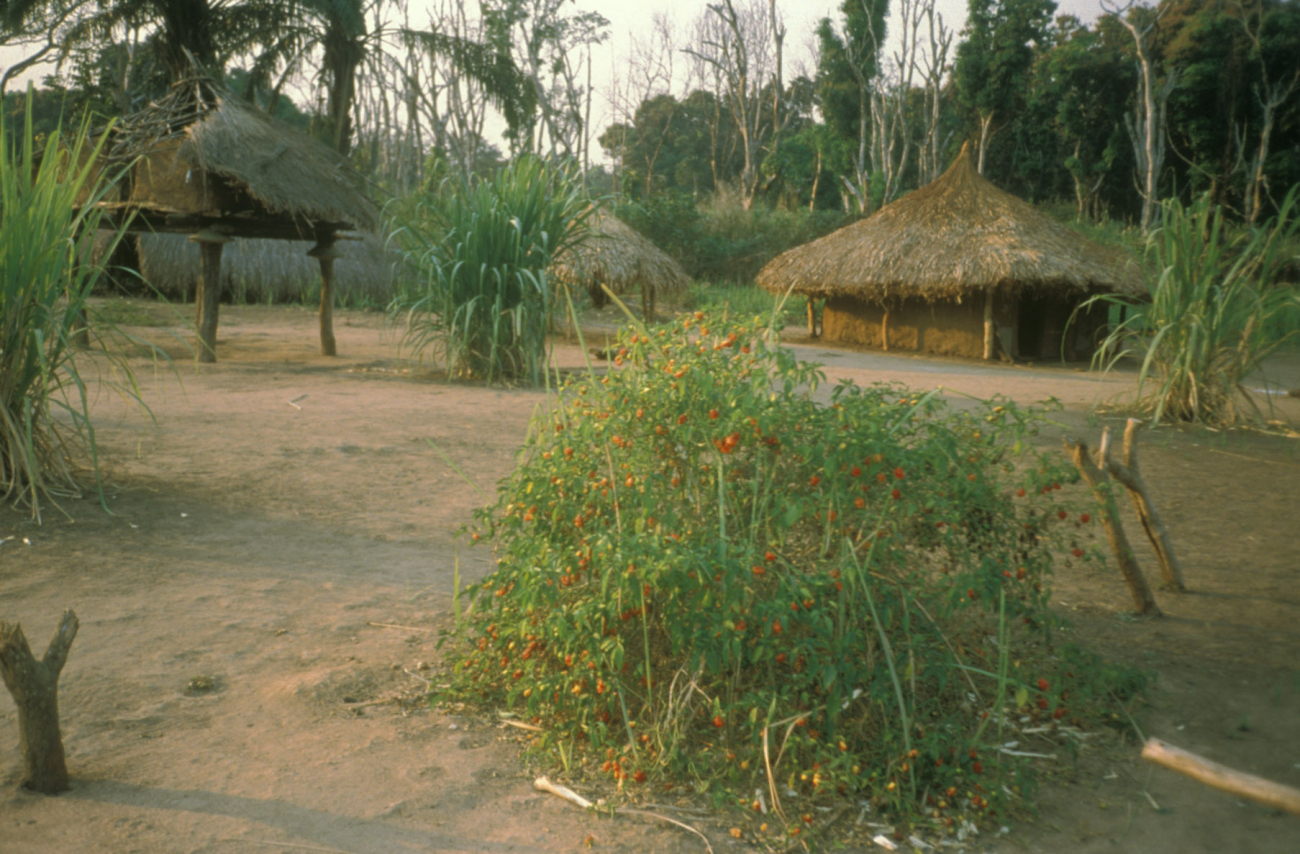
The global food crisis has also increased an appetite for local solutions, including the need to support smallholder famers to achieve increased self-sufficiency. Learning from the COVID-19 pandemic, particularly the related movement restrictions and supply chain bottlenecks, the Democratic Republic of the Congo (DRC) invested in domestic food production and has subsidized transport to safeguard food security from global shocks. The government is also developing a new national agricultural policy, which includes provisions to control food prices throughout the country. UN agencies are providing technical assistance to integrate nutrition considerations in the new policy so that it can help to increase access to sustainable healthy diets, including among vulnerable groups (e.g. children, adolescents, pregnant women).
What's next
The above efforts to address today’s interlinked crises are commendable, yet they are not sufficient to address the unprecedented scale of needs. As documented in the reports on the State of Food Security and Nutrition around the World (SOFI), the situation was already delicate and deteriorating prior to the Ukraine war, with rising levels of food insecurity and various forms of malnutrition in recent years, stemming from the triple crises (climate change, COVID-19 pandemic and conflicts). Monitoring the situation is imperative to adapting the response to ensure relevance and raising awareness. To this end, UNICEF and the Standing Together for Nutrition Consortium have recently started an initiative to produce a global report on the nutrition crisis.
The Ukraine crisis clearly shows that the challenges the world is facing are interconnected and aggravate each other. The stakes are high, understanding that malnutrition has grave consequences on health and that it can be passed down from one generation to the next [4], [5], [6], [7].
The world, including the nutrition community, made commitments at the 2021 UN Food Systems Summit (UNFSS) and the Tokyo Nutrition for Growth Summit (N4G), and measures are being taken as shown by the above examples. However, more is needed to live up to these commitments and achieve the Sustainable Development Goals (SDGs). Coherent policies and actions in line with the 2030 Agenda and the Paris climate agreement, solidarity and human rights should be at the core. Investing in nutrition will not only help to abate the impending nutrition catastrophe, it will also be crucial for the recovery from these intersecting crises.
References
[1] FAO. 2022. The importance of Ukraine and the Russian Federation for global agricultural markets and the risks associated with the war in Ukraine. Information Note. 10 June 2022 Update. Rome. Available at https://www.fao.org/documents/card/en/c/cb9013en/.
[2] Sudan: IPC Acute Food Insecurity Analysis, April – February 2023, published on 21 June 2022.
[3] Standing Together for Nutrition (ST4N) statement, published in Nature.
[4] Victora, C.G., Adair, L., Fall, C., Hallal, P.C., Martorell, R., Richter, L. & Sachdev, H.S. for the Maternal and Child Undernutrition Study Group. 2008. Maternal and child undernutrition: Consequences for adult health and human capital. Lancet, Volume 371:340-357.
[5] Victora, C.G, de Onis M, Hallal PC, Blössner M, Shrimpton R. 2010. Worldwide timing of growth faltering: Revisiting implications for interventions using the World Health Organization growth standards. Pediatrics, Volume 125:e473–80.
[6] Black, R.E., Victora, C.G., Walker, S.P., Bhutta, Z.A., Christian, P., de Onis, M., Ezzati, M., Grantham-McGregor, S., Katz, J., Martorell, R., Uauy, R. & the Maternal and Child Nutrition Study Group. 2013. Maternal and Child Nutrition 1: Maternal and child undernutrition and overweight in low-income and middle-income countries. Lancet. Available at http://dx.doi.org/10.1016/S0140-6736(13)60937-X.
[7] Black, R.E., Allen, L.H., Bhutta, Z.A., Caulfield, L.E., de Onis, M., Ezzati, M., Mathers, C. & Rivera, J. for the Maternal and Child Undernutrition Study Group. 2008. Maternal and child undernutrition: Global and regional exposures and health consequences. Lancet, Volume 371:243-260.
Additional resources
- UN Global Crisis Response Group on Food, Energy and Finance, Global Impact of war in Ukraine: Brief 1 │ Brief 2 │ Brief 3
- UNICEF, UNHCR, IFE Core Group & Global Nutrition Cluster Joint Statement on Protecting Infant and Young Child Feeding Practices in the Ukraine Conflict and Refugee Crisis, Version 2 (May 2022): EN │UK │RU │ For other languages click here
- IPC Technical Guidance Note: Guidance for incorporating the effects of the conflict in Ukraine on the IPC acute food insecurity classifications
- Food Security Cluster, Health Cluster, Global Nutrition Cluster & WASH Cluster Joint Statement on Famine and Food Crises: Urgent and coordinated action needed to avert wide-scale catastrophe
- FAO Information Note: The importance of Ukraine and the Russian Federation for global agricultural markets and the risks associated with the war in Ukraine
- UNHCR data portal on Ukraine refugee situation
- UNOCHA situation reports on Ukraine
- WHO external situation reports on the emergency in Ukraine, which include food security and nutrition updates
- Standing Together for Nutrition (ST4N) statement, published in Nature
- Standing Together for Nutrition (ST4N) Consortium G7 Policy Brief. Act now before Ukraine war plunges millions into malnutrition.
The UN and the war in Ukraine: key information: EN │ FR │ PT │ GER/DEU
